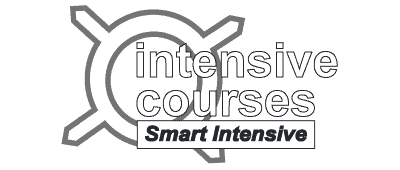How to do an Emergency Stop
Emergency Stop: Everything You Need to Know
Performing an emergency stop is a crucial skill, not only because it may be tested during your UK driving test, but because it’s essential for staying safe in everyday driving conditions.
While our video demonstrates the key actions, the information below helps build a fuller understanding of what examiners expect, how to avoid common mistakes, and how to stay safe. If you’re a parent checking your facts on how to teach your child to drive, this is a key skill to help make them into a safe driver.
What Is the Examiner Looking For?
- Speed of reaction: Did you respond quickly and decisively when prompted?
- Control of the vehicle: Did you brake firmly and keep the car in a straight line without skidding?
- Safe rejoining: Did you carry out full checks (especially blind spots) before pulling off again?
The aim is to demonstrate that you can stop the car safely and under control in a genuine emergency situation.
Common Mistakes to Avoid
- Braking too gently or too harshly
- Pressing the clutch too early, reducing control
- Not keeping hands firmly on the wheel (especially under stress)
- Forgetting to check mirrors and blind spots before moving off again
Tip: Keep calm, stay focused, and remember that you’re showing the examiner you can respond safely and confidently to an unexpected hazard.
Emergency Stop With or Without ABS
Modern cars are typically fitted with Anti-lock Braking Systems (ABS), which prevent the wheels from locking and skidding during heavy braking.
If your vehicle has ABS:
- Apply firm, continuous pressure to the brake.
- Do not pump the brakes.
If your vehicle doesn’t have ABS:
- Brake firmly but avoid locking the wheels.
- If the wheels lock, ease off slightly and reapply.
In both cases, don’t press the clutch until just before the car comes to a complete stop, unless you’re driving very slowly, in which case pressing both together is acceptable.
Observation Checks After Stopping
Once you’ve completed the emergency stop, the test isn’t over:
- Take a breath.
- Look all around – that includes both mirrors and both blind spots.
- Only pull away when it’s completely safe.
This is a common place where learners lose marks. The examiner wants to see a full, careful check before rejoining the road.
How Likely Is It to Come Up in the Driving Test?
You won’t always be asked to do an emergency stop. In fact, only about one in three tests include it. However, if you’re asked, it’s essential you get it right.
Related Tips and Articles
How to do an emergency stop (above video transcript)
Hi my name is Noel Gaughan; I’m the lead driving instructor of Intensive Courses at the driving school. Today we are going to do the emergency stop. The reason we do the emergency stop is if somebody jumps out in front of you or walks out in front of you. You’ve got to watch for kids, children and people in a hurry – so be careful.
You need to stop the car under control; this is what we are going to do. So when you are stopping the car under control, what I mean by that is you break, then clutch firmly – don’t jump on the pedals just push firmly. You don’t need to change your mirrors for this one because you have to stop rapidly, it doesn’t make any difference what’s behind you as somebody has walked out in front of you. So it’s really important to keep your two hands on the wheel at all times.
We are going to drive off and we are going to do the emergency stop.
So, driving down the road minding your own business, picking up a little bit of speed and all of a sudden you have to use emergency stop. So we break, clutch, keep both hands on the wheel, stop for a couple of seconds, secure the handbrake and then neutral.
Take a deep breath, you’ve had a shock so don’t panic. Once it’s safe and you feel okay to drive on, check both blind spots and then drive away if it’s safe.
Last updated: 31/03/2025

